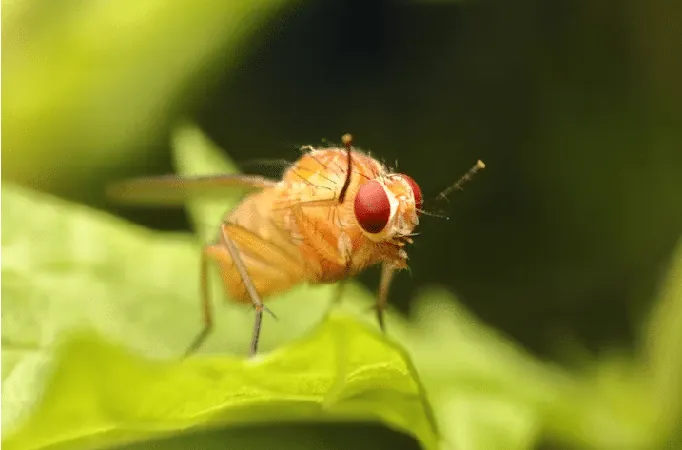
The Surprising Impact of the Fruit Fly on Scientific Advancement Across Multiple Fields
2025-01-07
Author: Emma
When you sip your morning juice or enjoy a piece of ripe fruit, you might never think about the little creatures that might be basking in the same sweetness. The common fruit fly, scientifically known as Drosophila melanogaster, is often seen buzzing around our kitchens, but this humble insect has shaped the scientific world in ways that might astonish you.
The Unexpected Journey of the Fruit Fly
Originating from the woodlands of sub-Saharan Africa, particularly thriving on the marula fruit, the fruit fly has made its home in human settlements over the centuries. This association has allowed it to spread far beyond its roots, reaching continents like Asia, Europe, and the Americas. While other larger "true" fruit flies have earned a reputation as pests—costing industries millions in fruit losses—Drosophila melanogaster is a harmless companion, primarily drawn to decay rather than healthy crops.
A Perfect Laboratory Animal
Fruit flies are not just ordinary insects; they are remarkably well-suited for scientific research. Their small size, rapid lifecycle, and prolific reproduction (up to 500 offspring at a time) make them ideal subjects for a myriad of experiments. With continued advancements in genetic tools, scientists can manipulate their genes with incredible precision, even introducing fluorescence to observe biological processes in real-time.









 Brasil (PT)
Brasil (PT)
 Canada (EN)
Canada (EN)
 Chile (ES)
Chile (ES)
 Česko (CS)
Česko (CS)
 대한민국 (KO)
대한민국 (KO)
 España (ES)
España (ES)
 France (FR)
France (FR)
 Hong Kong (EN)
Hong Kong (EN)
 Italia (IT)
Italia (IT)
 日本 (JA)
日本 (JA)
 Magyarország (HU)
Magyarország (HU)
 Norge (NO)
Norge (NO)
 Polska (PL)
Polska (PL)
 Schweiz (DE)
Schweiz (DE)
 Singapore (EN)
Singapore (EN)
 Sverige (SV)
Sverige (SV)
 Suomi (FI)
Suomi (FI)
 Türkiye (TR)
Türkiye (TR)
 الإمارات العربية المتحدة (AR)
الإمارات العربية المتحدة (AR)